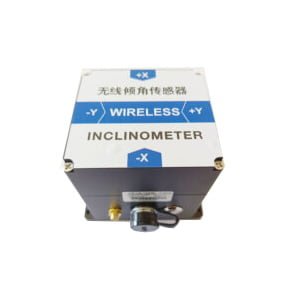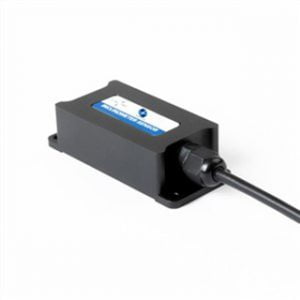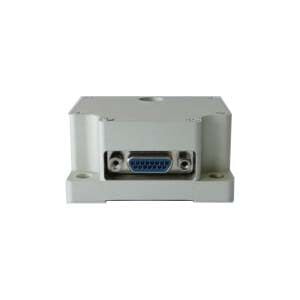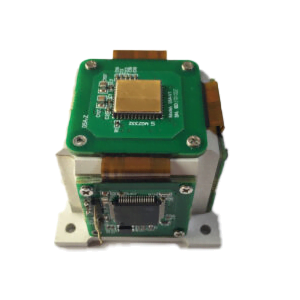Tilt sensor, also known as horizontal sensor, tilt meter, is a kind of Angle sensor, is a kind of acceleration sensor using the principle of inertia. It can determine the tilt state of the equipment by detecting the tilt Angle in the use environment, and when the Angle deviation of the monitoring object occurs, the tilt sensor can convey the abnormal data to the manager to avoid the occurrence of serious events. It can be used in various scenarios where angles need to be measured.
Principle
The theoretical basis of the inclination sensor is Newton's second Law, according to the basic principles of physics, inside a system, the velocity cannot be measured, but its acceleration can be measured. If the initial speed is known, the line speed can be calculated by integrating, and then the linear displacement can be calculated, so the inclination sensor is an acceleration sensor using the principle of inertia.
During the operation of the belt conveyor, if the inclination angle of the belt conveyor in the process of conveying materials changes in a large range, especially when the inclination angle of the belt conveyor itself is relatively large, when the inclination angle changes again, the belt scale The accuracy of use will have a great impact. At this time, an inclination sensor is needed to compensate the inclination of the belt conveyor accordingly.
Classification of tilt sensors
Tilt sensor is often used for the level measurement of the system, from the working principle can be divided into "gas pendulum", "solid pendulum" type, "liquid pendulum" type three.
Gas is the only moving body in the sealed cavity, its mass is small, the inertia force generated in large impact or high overload is also small, with strong vibration or impact resistance. However, the gas motion control is complicated and there are many factors affecting its motion, so its precision cannot meet the requirements of military weapon system.
Solid pendulum tilt sensor has a clear pendulum length and pendulum center, and its mechanism is basically the same as that of acceleration sensor. In practice, there are many types of products such as electromagnetic pendulum, and its product measurement range, accuracy and anti-overload ability are high, and it is also widely used in weapon systems.
Liquid tilt sensors are in between, with stable systems, widely used in high-precision systems and suitable for a variety of industries.
Among the requirements for the change of the inclination angle of the belt conveyor, there are mainly the following four situations that require the use of the inclination angle sensor: Compensate the inclination angle change of the belt conveyor; the belt conveyor inclination angle changes in a large range; the inclination angle of the inherent position of the belt conveyor is large and the inclination of the belt conveyor has a certain range of changes; the belt conveyor has high requirements for measurement accuracy, and the inclination of the belt conveyor may change.
When installing the inclination sensor, it is only necessary to fix the inclination sensor on the longitudinal beam of the belt conveyor with bolts. In the specific use process, when the inclination angle of the conveyor changes, the inclination angle of the casing installed with the inclination angle sensor will also change synchronously, and the output signal thereof will also change accordingly.
At present, the application of the inclination sensor on the belt conveyor mainly focuses on the bucket wheel stacker and reclaimer in the raw material yard and the mobile belt conveyor. For example, in the past, in some raw material yard bucket wheel stacker and reclaimer, because the belt conveyor part of the bucket wheel machine needs to adjust the inclination angle according to the requirements of the stacker and reclaimer, it is equipped with an inclination sensor. The inclination sensor provides a compensation signal for the inclination of the belt, thus effectively ensuring the weighing accuracy.
More Technical Questions
1.The Difference and Application of Single and Dual Axis Inclination Sensors
2.Composition and Application of Inclination Sensor
3.Inclination Sensor Principle
4.How is MEMS Different from Mechanical Gyroscope?
5.What is MEMS Sensor and its Technical Advantages?
Products in Article







